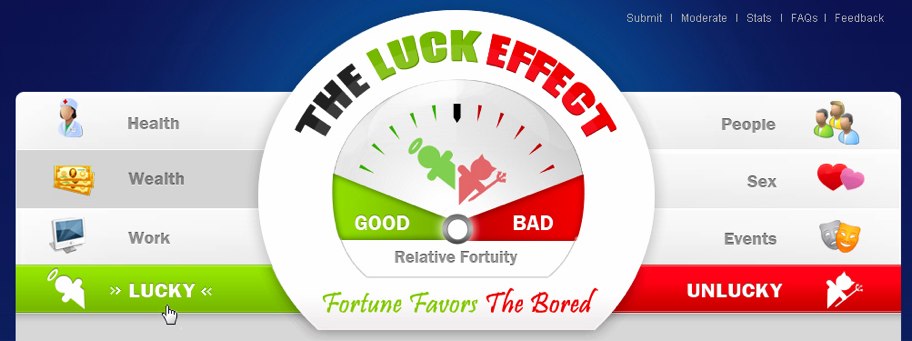Designers build portfolios, maybe land jobs at 99 Designs

At a family event over the weekend, I spent some time chatting with a cousin who just graduated from high school but isn't sure what he wants to do next. He's enrolled for some classes at a community college and has bigger dreams of a career in child psychology. But, in the meantime, he'd like to do something with a hobby - graphic design.
He does good work but isn't sure how to turn that into paying job down the road. What he really needs is to build a portfolio and some references. Enter 99 Designs - a startup that acts as a middleman between designers and the people who need them.
In a nutshell, here's how it works: Person A needs a design - maybe a company logo, an event flyer, a Web site. He goes to 99 Designs and submits his design request, along with his budget. Person B - maybe a young kid who is trying to be recognized for his work but has no idea how to go about finding design jobs - surfs 99 Designs and spots the request.
Person B - and anyone else for that matter - does the design work and submits it as a contender. Person A starts receiving dozens of design proposals and picks the one he likes best. The designer makes some money for his work, a reference and - who knows? - maybe even another job from this guy down the road.
Here's the thing: The designer whose work was selected wasn't Person B. Person B spent time working on a design - but, for what? Well, it's a nice start to a portfolio, isn't it?
In the end, 99 Designs - for a listing fee and a percentage of the transaction - created a marketplace where 1) the design seeker was given a number of choices, 2) at least one designer landed a few bucks for his work and 3) other designers have another design for the portfolio. For the designers, it's an opportunity to have his/her work judged on its merits - not on the designer's resume and regardless of age, training, location and so on. The company says it sees about 43,000 designers working on 450 projects per week,
For the players involved, it seems like a win-win situation.
